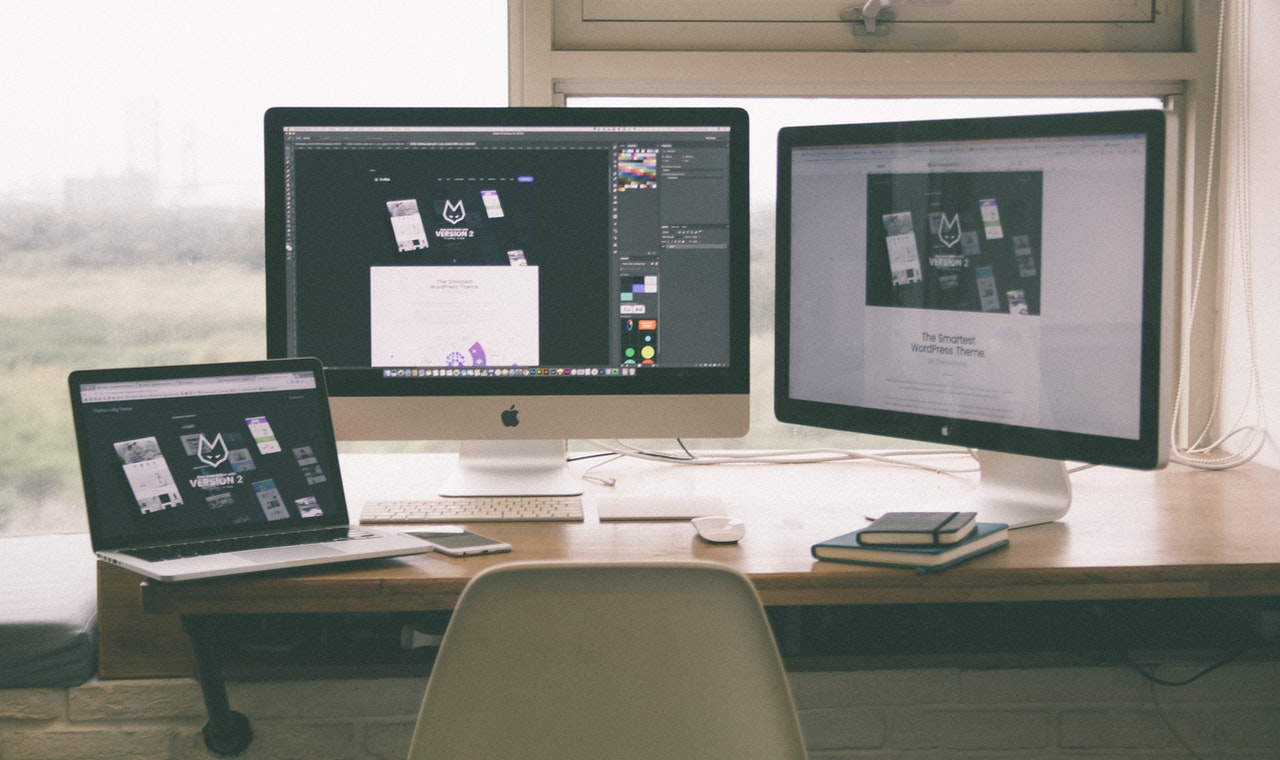There has truly never been a greater time for digital commerce. A recent report from Website Hosting Rating comes with some interesting statistics. For example, did you know that as of January 2020 there were over 4 billion internet users across the globe? This is thanks to more accessible internet services like Cox internet plans. The same report also states that there are more than 1.74 billion websites on the internet.
The thing is, all websites aren’t created equal. It takes a lot of effort to get consistent traffic, and website design is one of the most important factors involved.
4 Great Web Design Trends in 2020 So Far
Visit any website while browsing and you’re bombarded with tabs and push notifications. So it should come as no surprise that web design is increasingly focused on clarity of use and intuitiveness. The internet is overflowing with content and stimuli intended to nudge people into making decisions. In order to clearly deliver its message, a website’s design needs to stand out with clarity.
Of course, that doesn’t mean your website has to be poor in visuals and content. You can still have both while keeping your website uncluttered and clear. This blog discusses some of the best trends in web design this year, that can help you do just that. The following web design trends can help you create a modern and upbeat website that resonates with your audience:
- Larger Elements and Type
- Blocks of Solid Colors
- Split-Screen Layouts
- More Whitespace
Let’s take a closer look at these below.
Larger Elements and Type
Websites need to deliver their message quickly in order to hold a user’s attention. Larger elements that are more prominent are now common on many websites. Oversized typography is good, but you can also apply this to other elements of web design as well. Prominent menu buttons, oversized images, and full-screen videos can help deliver your message with clarity.
When a visitor first happens upon your website, the oversized type and elements will tell them exactly what your website is about. There is also the fact the oversized elements have an aesthetic appeal, no matter what the screen size. Of course, since there are larger elements, you will have to keep their number at a minimum. You don’t want to overwhelm new visitors. Focus on delivering your message as efficiently and simply as possible.
Blocks of Solid Colors
Breaking up content into several distinct parts is another trend emerging this year. Websites put up content in different sized and different colored blocks. This works best when you have more than one message to convey on a webpage. It keeps things orderly and maintains content cohesion.
Once you have divided your message into distinct parts, you should focus on making sure visitors can follow them. Adding lines of text or images or both on these blocks can help with this. For better visual appeal, make sure you use a color scheme that is in keeping with your overall website.
Remember one thing. This design trend helps you convey several messages at the same time. But you should avoid something that comes out looking like a random collage. Make sure the composition of the colored blocks is consistent. This will result in an intuitive and easy-to-understand design. Pay special attention to the alignment of the blocks as well as how the visuals complement each other.
Split-Screen Layouts
Of course, you may not always have a complicated message that needs to be divided into parts. If you just have two ideas, many web design companies recommend a split-screen layout. It involves splitting webpages down the middle, making sure both parts are equally prominent.
What this does is break the monotony of a single rectangular webpage into two. To offer a more refined user experience, you can make both halves behave differently. You can also experiment with different scroll effects for each side of the screen for a little asymmetry.
More Whitespace
The empty space between various design elements is known as negative space or alternatively as whitespace. Whitespace helps your page look well-balanced and spacious. Most websites use the color white, but it can be any background hue you want. Whitespace also includes margins and text spaces.
Many people think leaving whitespace is an inefficient way to utilize limited webpage space. In fact, the opposite is true. It offers a much-needed respite to viewers who are used to cluttered webpages. It helps make the text more legible and can help make CTAs more prominent. Best of all, it creates a tidy and neat appearance that is pleasing to the eye.
Conclusion
Ultimately designing a website is all about the purpose of each page. While browsing, I fell upon the Cox Customer Service page and saw that it has different information to convey than the service page. That means it’s design elements and layout need to be built to that purpose. Web design can play a crucial role in increasing visibility and traffic and therefore driving more conversions. Have you noticed any other trends that we missed out? Let us know in the comments below.
Tags: Cox Customer Service

